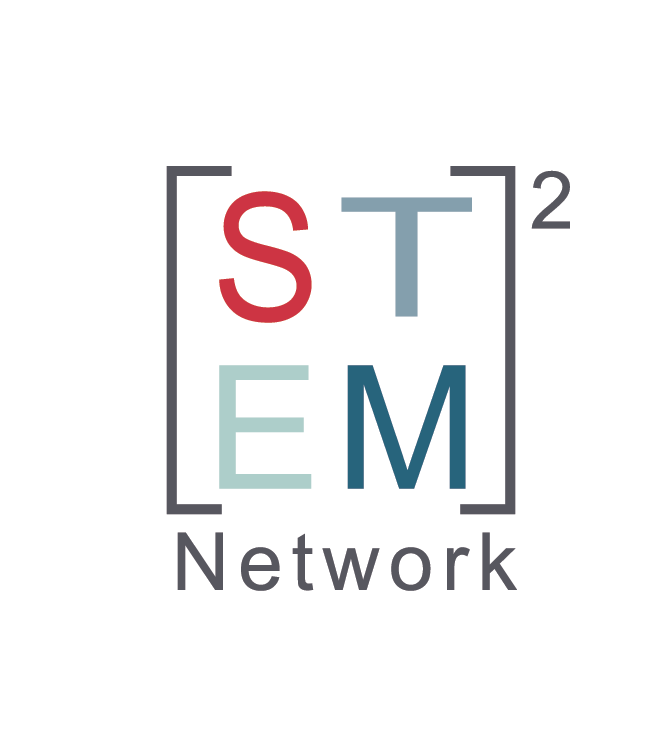The (STEM)2 Network - Sustainable, Transformative Engagement across a Multi-Institution and Multidisciplinary STEM Network (RCN-UBE Introduction)
Author(s): Jessica Santangelo1, Alison Hyslop2, Peter Novick3, Eugenia Villa-Cuesta4, Jacqueline Lee5
1. Hofstra University 2. St. John's University 3. Queensborough Community College 4. Adelphi University 5. Nassau Community College
998 total view(s), 130 download(s)
Description
This project aims to serve the national interest by providing a new model for transformation of undergraduate biology education (UBE) with a goal to make it easier for students to stay in or enter STEM career pathways. The Network addresses the multiple levels at which transformation must occur through the development of collaborations among biology, chemistry, and math faculty at two- and four-year institutions. The Network’s focus on the first two years of UBE will make a biology degree more attainable, the multidisciplinary approach extends the impacts to other STEM disciplines, and the multi-institution collaborations support student transfer from two- to four-year institutions. We anticipate that student academic success and retention will increase which, in turn, will help meet the need for a larger and more diverse STEM workforce.
The (STEM)2 Network focuses on the pivotal role of faculty in restructuring UBE. The overarching goals for the Network are to:
1) Enhance undergraduate biology education by promoting new and strengthening existing collaborations among biology, chemistry, and math faculty at two- and four-year institutions; and
2) Support faculty in transforming UBE from within the current system.
To achieve these goals, the Network’s activities:
A) Promote collaboration between two- and four-year institutions;
B) Create enduring pedagogical collaborations across STEM disciplines encountered by biology majors; and
C) Empower individual faculty to create change in and beyond their classrooms.
The (STEM)2 Network is grounded in three theoretical frameworks to move beyond creation of products for dissemination toward development of faculty empowered as change agents: Communities of Transformation, Systems Design for Organizational Change, and Emergent Outcomes for the Diffusion of STEM Innovations. The Network’s structured multiple group approach (i.e., interdisciplinary and interinstitutional working groups, institutional groups, and whole Network) and work across multiple levels (individual classroom behaviors, curricular-level collaboration across disciplines and institutions, and institutionalization of innovations) create high potential to impact UBE and advance knowledge and understanding across multiple fields. Combined with a focus on emergent outcomes, the Network catalyzes creative, original, and potentially transformative concepts. We will explore how our Network model impacts interdisciplinary communication and collaboration, institutional structures, and faculty empowerment to transform UBE. We plan to expand the current regional network, composed of five institutions, to fifteen institutions while supporting the development of additional regional networks across the country. The Network will be assessed using quantitative (e.g., number of publications, presentations, and collaborations) and qualitative (e.g., surveys and focus groups) metrics to understand the critical elements of the Network and provide an iterative feedback and adjustment loop. The project benefits society by empowering faculty to transform current classroom and institutional structures to create a more equitable, inclusive STEM learning experience. This will ultimately meet the need for a large, diverse STEM workforce.
Ways to learn more:
- Check out the HU Faculty Research Day Poster from STEM2 Network from 2021
- Novick, P. A., Lee, J., Wei, S., Mundorff, E. C., Santangelo, J. R., & Sonbuchner, T. M. (2022). Maximizing academic integrity while minimizing stress in the virtual classroom. Journal of Microbiology & Biology Education, 23(1), e00292-21.
- Santangelo, J., Hobbie, L., Lee, J. et al. The (STEM)2 Network: a multi-institution, multidisciplinary approach to transforming undergraduate STEM education. IJ STEM Ed 8, 3 (2021). https://doi.org/10.1186/s40594-020-00262-z
- Sonbuchner, T. M., Mundorff, E. C., Lee, J., Wei, S., & Novick, P. A. (2021). Triage and recovery of STEM laboratory skills. Journal of Microbiology & Biology Education, 22(1), ev22i1-2565.
- Sonbuchner, T. M., Lee, J., Mundorff, E. C., Santangelo, J. R., Wei, S., & Novick, P. A. (2022). Reconnecting Students and Faculty to Maximize Academic Integrity and Minimize Student Stress in the Virtual Classroom. Journal of Microbiology & Biology Education, 23(3), e00080-22.
Ways to get involved:
1) Attend the Mobile Institute on Scientific Teaching - January 2024 hosted by the (STEM)2 Network at Queensborough Community College
2) Faculty from the Long Island/New York City area can reach out to us to join the Network
3) If interested in starting their own (STEM)2 Network, they can contact us and we can work with them to get it going
If you are interested in learning more and participating please join this group or email Alison Hyslop and Jess Santangelo.
Cite this work
Researchers should cite this work as follows:
- Santangelo, J., Hyslop, A., Novick, P., Villa-Cuesta, E., Lee, J. (2023). The (STEM)2 Network - Sustainable, Transformative Engagement across a Multi-Institution and Multidisciplinary STEM Network (RCN-UBE Introduction). RCN-UBE Community, QUBES Educational Resources. doi:10.25334/DPXJ-RJ49


 RCN-UBE #2120495
RCN-UBE #2120495